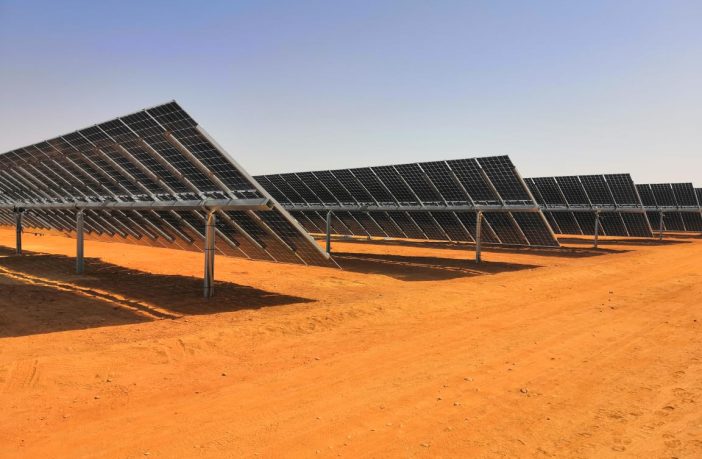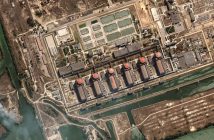- Energy of Cameroon wants to build two solar parks to improve power supply in the country’s northern regions.
- The projects will be developed by a consortium led by Norwegian solar company Scatec Solar.
Cameroon power utility Energy of Cameroon S.A. (Eneo) has signed a memorandum of understanding with a consortium led by Norwegian solar developer Scatec Solar for the construction of two PV plants with a total installed generation capacity of 25 MW.
The utility announced in a press release a 10 MW project will be located in Guider in the North region of Cameroon and a second, 15 MW facility is planned for Maroua, in the Far North region.
The two projects, set to be commissioned during the course of 2020, are expected to require an investment of €22 million. The facilities, which will sell electricity to Eneo under a long-term power purchase agreement, are aimed at improving the power supply in the North Interconnected Grid by generating 49 GWh per year at a “competitive price”.
A first memorandum of understanding, to set out the terms of the projects’ structure, was signed in May 2016 by Eneo and the Scatec consortium, which also includes Izuba Energy and Sphinx Energy. In October 2017 the Ministry of Energy and Water Resources helped Eneo tender for the two projects.
Improving power supply in northern Cameroon
Eneo – which is 51% owned by London-based investment firm Actis, 44% by the state of Cameroon and 5% by employees – owns and operates 968 MW of power generation assets, of which around 74% are represented by hydropower plants. Those assets include 13 grid power plants and 26 remote thermal power plants.
Cameroon has a total installed generation capacity of around 1.3 GW and a population of 24 million people.
The government has concentrated efforts on expanding power generation in non-interconnected areas. According to the latest statistics published by the International Renewable Energy Agency, the country’s total installed PV capacity at the end of 2018 was just 14 MW and consisted mostly of distributed generation projects.
Only 48% of Cameroon’s population has access to power.
Author: Emiliano Bellini
This article was originally published in pv magazine and is republished with permission.











